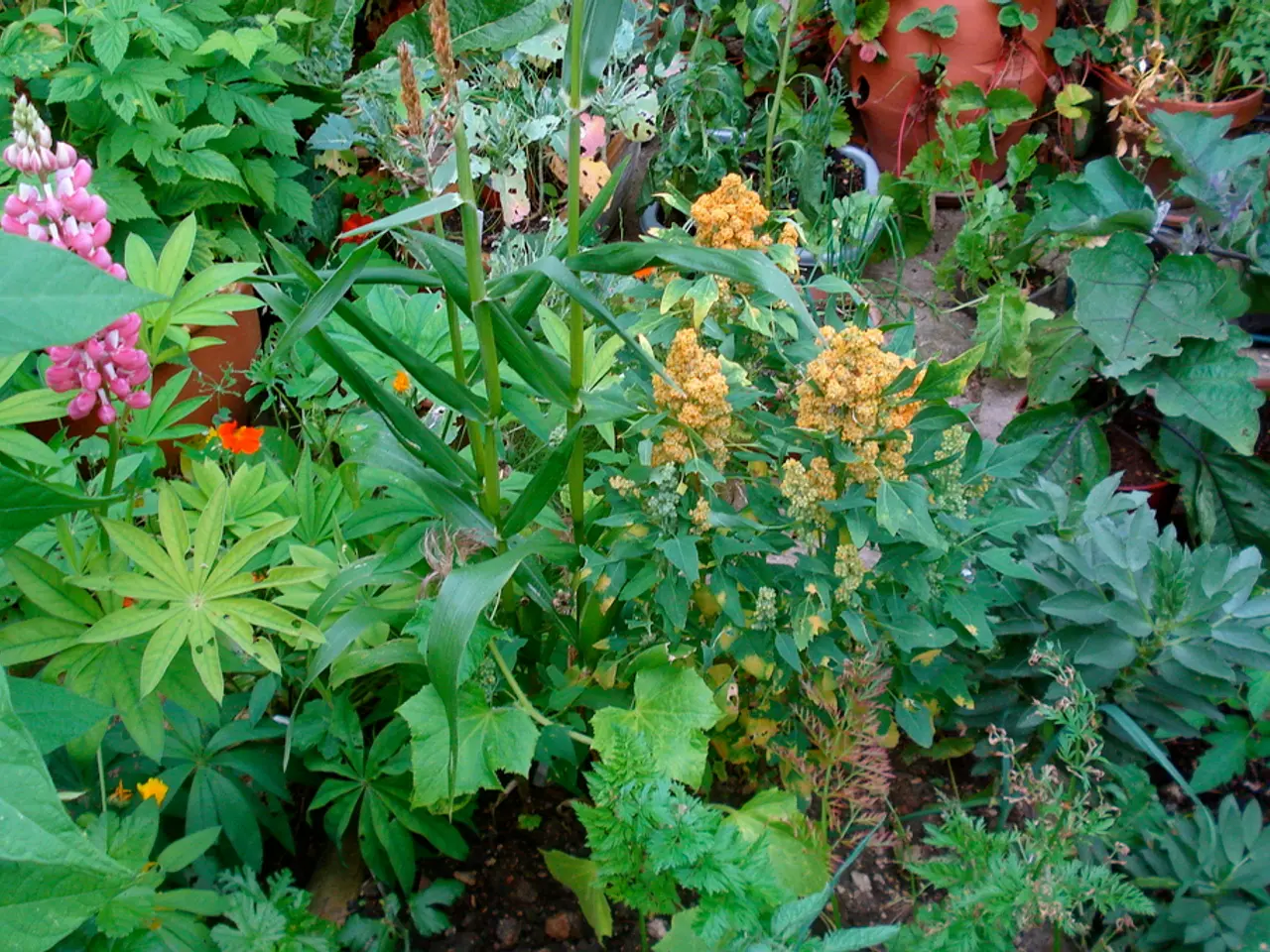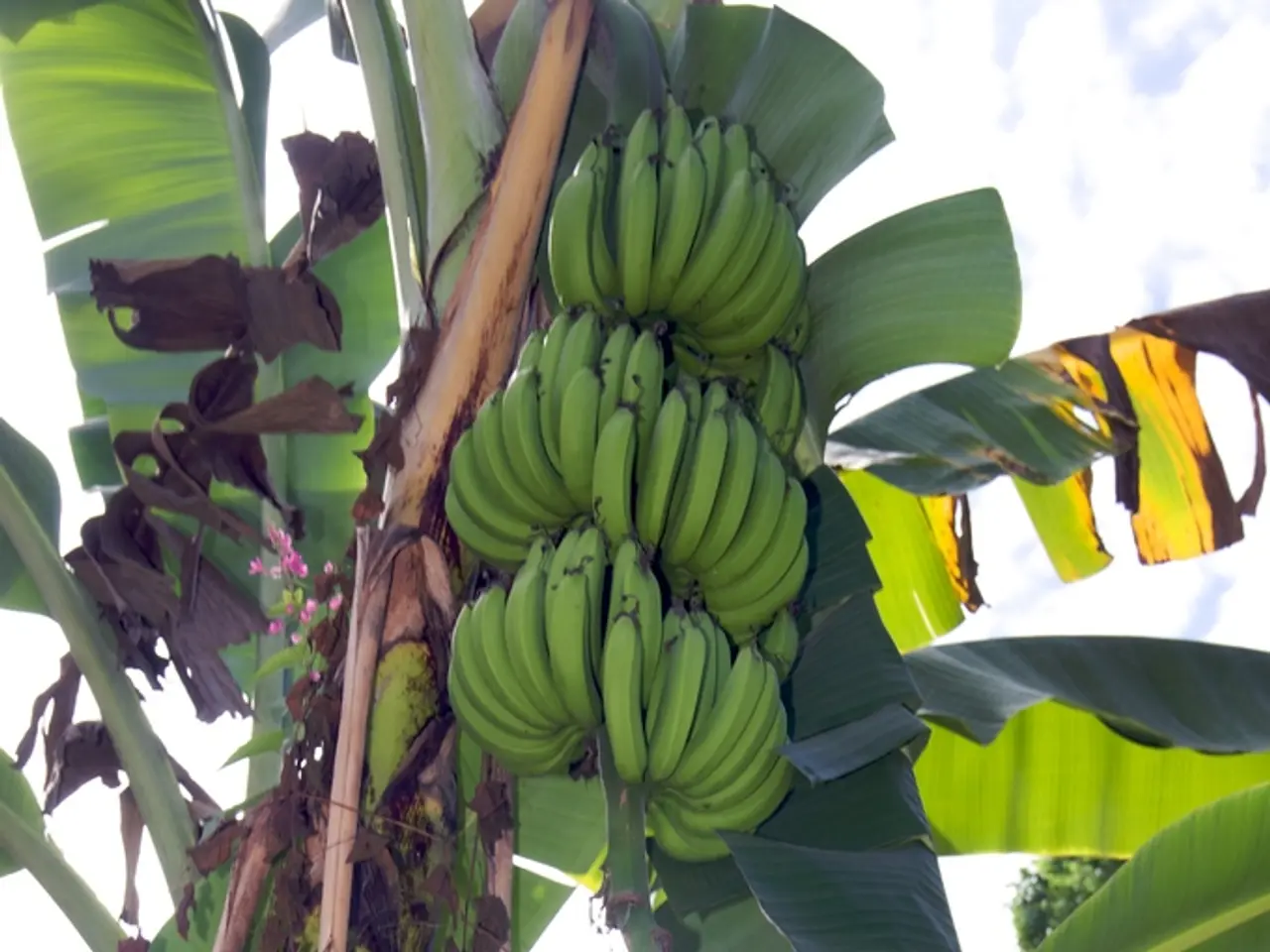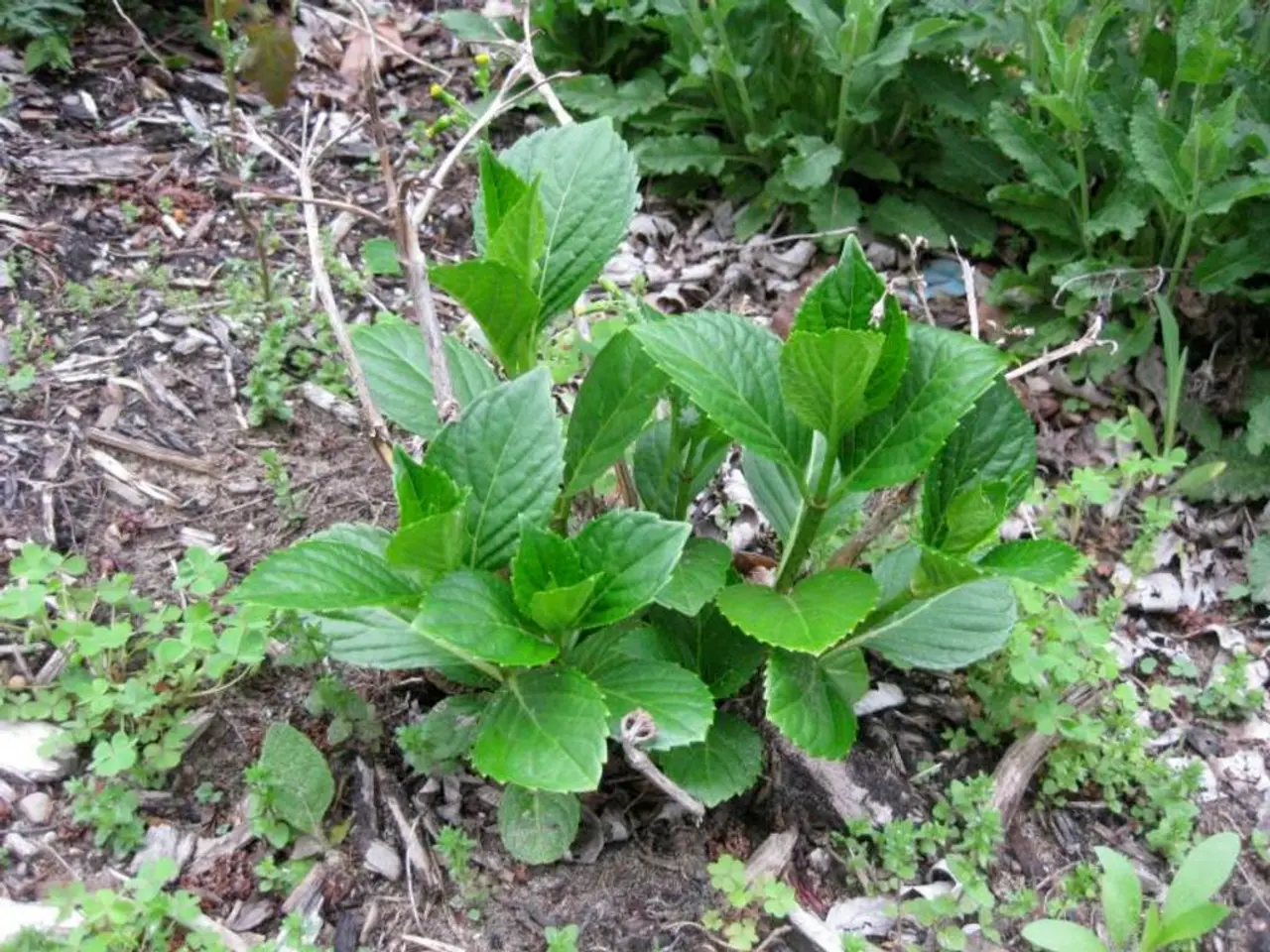Cultivating Golden Pothos (Devil's Ivy): A Guide toits Maintenance
**Caring for Golden Pothos in Low Light: A Comprehensive Guide**
The adaptable and popular houseplant, Golden Pothos (Epipremnum aureum), is renowned for its ability to thrive in various conditions, including low light[1]. Here's a step-by-step guide to ensure your Golden Pothos remains healthy in less-than-ideal lighting conditions.
**Lighting Requirements**
- **Golden pothos prefers bright, indirect light** to maintain variegation and promote rapid growth[1]. - **It tolerates low light well**, although growth may slow, and the leaves may lose some variegation[1]. - **Avoid direct sunlight** as it can scorch the leaves and cause damage[1][2].
**Watering**
- **Let the soil dry out partially between waterings**. Check the top 2 inches of soil; if dry, it’s time to water[1]. - **Overwatering is a greater risk than underwatering**. Excess moisture can lead to root rot. Ensure your pot has good drainage and never let the plant sit in standing water[1]. - **Water less frequently in low light**, as the plant will use less water due to slower growth[1]. - **If leaves start to droop slightly, your plant is signaling thirst**[1].
**Potting and Soil**
- **Use a well-draining, fresh potting mix**. - **Choose a pot with drainage holes**. Terracotta pots are especially helpful in low light, as they wick away excess moisture. - **Repotting is best done during active growth periods** (spring or summer), but avoid unnecessary repotting unless the plant is rootbound.
**Temperature and Humidity**
- **Maintain average indoor temperatures** (60–80°F is ideal)[2]. - **Avoid cold drafts and sudden temperature drops**, which can damage foliage[2]. - **Golden pothos appreciates moderate humidity** but can tolerate typical household levels[2].
**Feeding**
- **Fertilize sparingly**, especially in low light where growth is slower. A diluted, balanced houseplant fertilizer every 2–3 months during the growing season is sufficient. - **Avoid over-fertilizing**, as salts can build up in the soil and stress the plant.
**Key Tips**
- **Rotate your plant occasionally** to ensure even growth, especially if it’s near a single light source. - **Clean the leaves gently** to allow maximum light absorption. - **Trim long vines** to encourage bushier growth and prevent legginess.
**Troubleshooting**
- **Yellow leaves:** Usually a sign of overwatering or poor drainage. - **Brown leaf tips:** May indicate dry air or inconsistent watering. - **Leggy vines with small leaves:** Often a sign of too little light—consider moving the plant closer to a window if possible.
**Summary Table**
| Aspect | Recommendation for Low Light | |-------------------|----------------------------------------| | Light | Tolerates low light; avoid direct sun | | Watering | Let soil dry between waterings | | Soil | Well-draining mix | | Pot | Drainage holes; terracotta preferred | | Temperature | Keep above 60°F, avoid drafts | | Humidity | Moderate, but flexible | | Fertilizing | Dilute, infrequent (2–3 months) |
Golden pothos is forgiving and resilient, making it an excellent choice for low-light spaces. With careful watering and occasional attention, it will continue to grow and thrive, even when light is less than ideal[1][2].
- When planning to decorate a home-and-garden space, consider incorporating Golden Pothos plants into your lifestyle, as they thrive in low light environments and add a touch of green to any room.
- To enhance your home's curb appeal and harmonize your home-and-garden lifestyle, consider using Golden Pothos in your gardening projects due to their adaptability and resilience in low light conditions.




